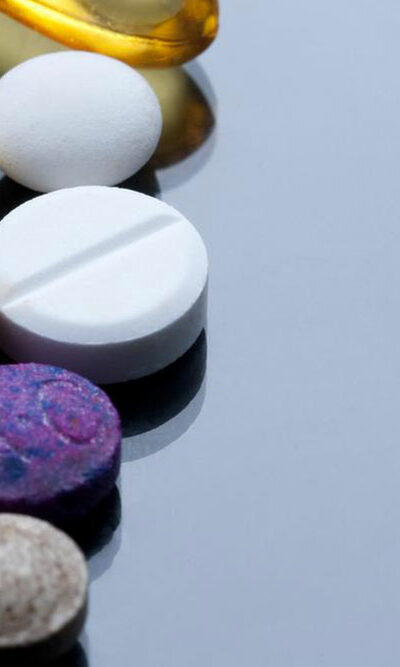
The Best Blocked Tear Duct Treatment for You
Tear ducts are a complex system that carries tears out of the eyes and into the nasal canal. The duct begins in the eye sockets and continues down and back. Excess tears drain into the tear ducts and end in the inferior nasal canal. Tear ducts are also called the nasolacrimal ducts and they are important for healthy eyes. The nasolacrimal ducts provide a connection between the eyes and the nose, and even indirectly to the throat since the nose connects to the throat. This is why the nose gets stuffy when you cry, and that is why allergies cause watery eyes. This is also why you sometimes taste eye drops. Sometimes the tears ducts can get blocked or obstructed. This can happen at any age, and may even be present at birth ( congenital blocked tear ducts ). Blocked tear ducts can cause an overflow of tears, and congenital cases may evolve into a cystic expansion of the duct. Blocked tear duct treatment depends on factors like underlying cause, age, and severity. Structure Of The Tear Ducts The eyelids push tears across the eyes when they move, i.e., when a person blinks. The tears keep the eyes lubricated, and help to flush out dust and other impurities. These tears flow into drains found at the inner corner of the eye called puncta . Puncta are present both at the upper and lower edges at the inner corner of the eye. These drains empty into channels called canaliculi, that connect to the nose. The channels terminate at the lacrimal sac, that lies on either side of the nose. The lacrimal sac narrows to form the lacrimal duct, which enters the nostril through the nasal bone. Symptoms Of Blocked Tear Ducts Signs and symptoms that may indicate a need for blocked tear duct treatment are:










